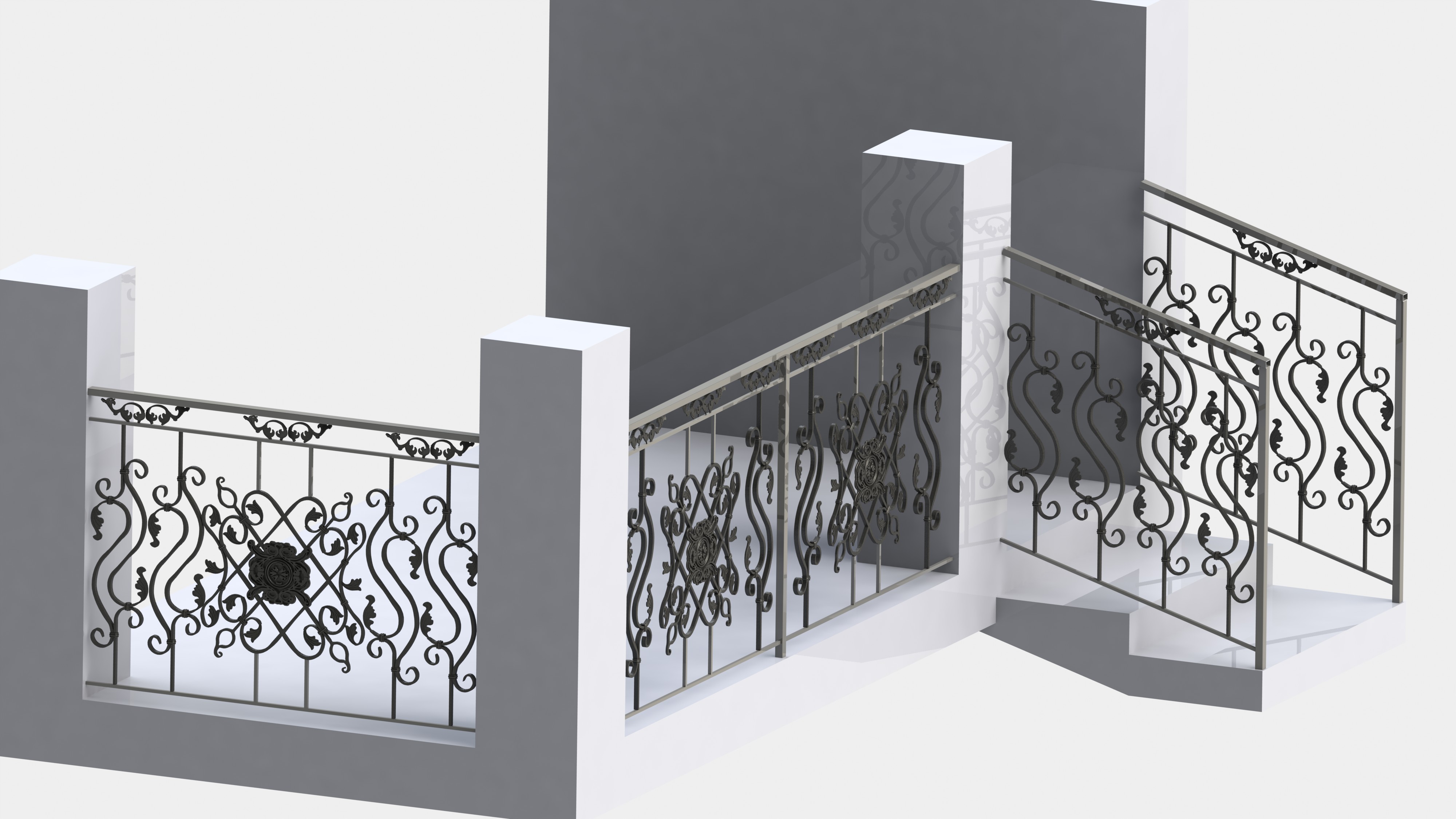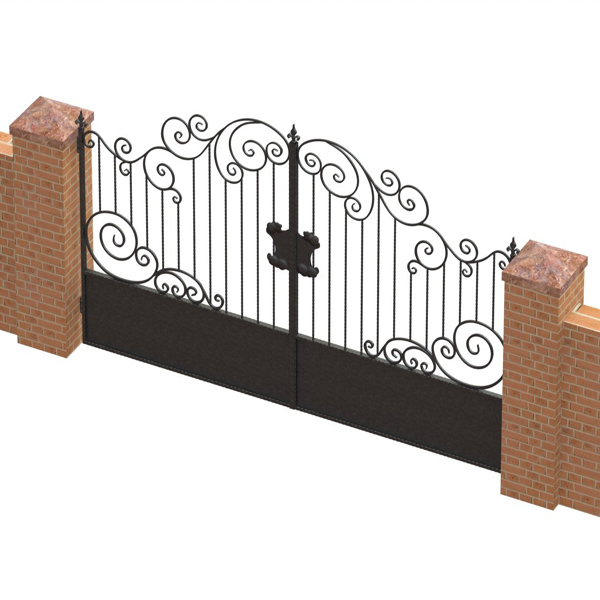Forging has
practically no stylistic restrictions. The choice of orientation depends on the
wishes of the customer and the design of the interior, exterior or surrounding
landscape. Since all art forging in art is individual, some may reflect
characteristics of different styles. Opinions about whether a particular
product belongs to a particular style may vary. We do not assume the role of
experts, but only help to get an idea.
all art forging in art is individual, some may reflect
characteristics of different styles. Opinions about whether a particular
product belongs to a particular style may vary. We do not assume the role of
experts, but only help to get an idea.
There is
always a misunderstanding of terms. For example, the term "style". If
we are talking about the directions of the historical style, then they refer to
certain stages in the history of art, when a unique artistic system was formed,
covering various types of art and visual creativity. There are no controversial
points, since art critics have analyzed in detail what techniques are inherent
in this or that style. And it will be completely incorrect and illiterate to
illustrate the trends of the historical style with the works of modern
blacksmiths that do not meet any criteria of the declared style.
How to define the style of
forging in the present?
We do not
pursue the goal of reasoning about styles in art. There are dedicated resources
for this. Our task is to show the buyer: "We can make a design in this
style ...". Or vice versa, for the buyer to say to the designer: "I
would like a gate in such and such a style or such a theme ...". And so
that they can understand each other at least approximately.
It is
necessary to understand that when they say, for example, "Baroque",
then, strictly speaking, it means "a characteristic feature of European
culture of the 17-18 centuries, the center of which was Italy. Of course, in
the full sense of the word, Artdeco works of the 21st century cannot be
completely baroque if it is not a reproduction. We talk about how today
elements are borrowed from the past and new ones are invented, for example,
steampunk or high-tech.
At the same
time, of course, one must admit that every artist has the right to experiment
with elements of different styles. At the same time, it must be admitted that
not all styles are historical; in our modern world, quite a lot of stylistic
directions have been created, which have found their name, vocation and
continuation in the use of not only the exterior, but also the interior.
A few examples of art
forging styles
There are
no stylistic restrictions in modern art forging. The special features of a
forged object are determined by the customer's taste preferences.
AR-DECO -
the geometric version of the Art Nouveau style - individual features:
- Strong
vertical lines with rounded corners;
- Decorative
zigzags, circles, triangles;
- Eclecticism
and Futurism.
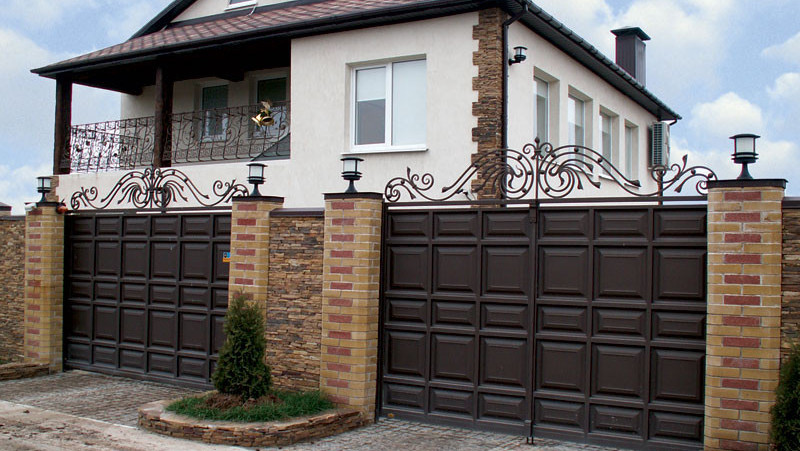
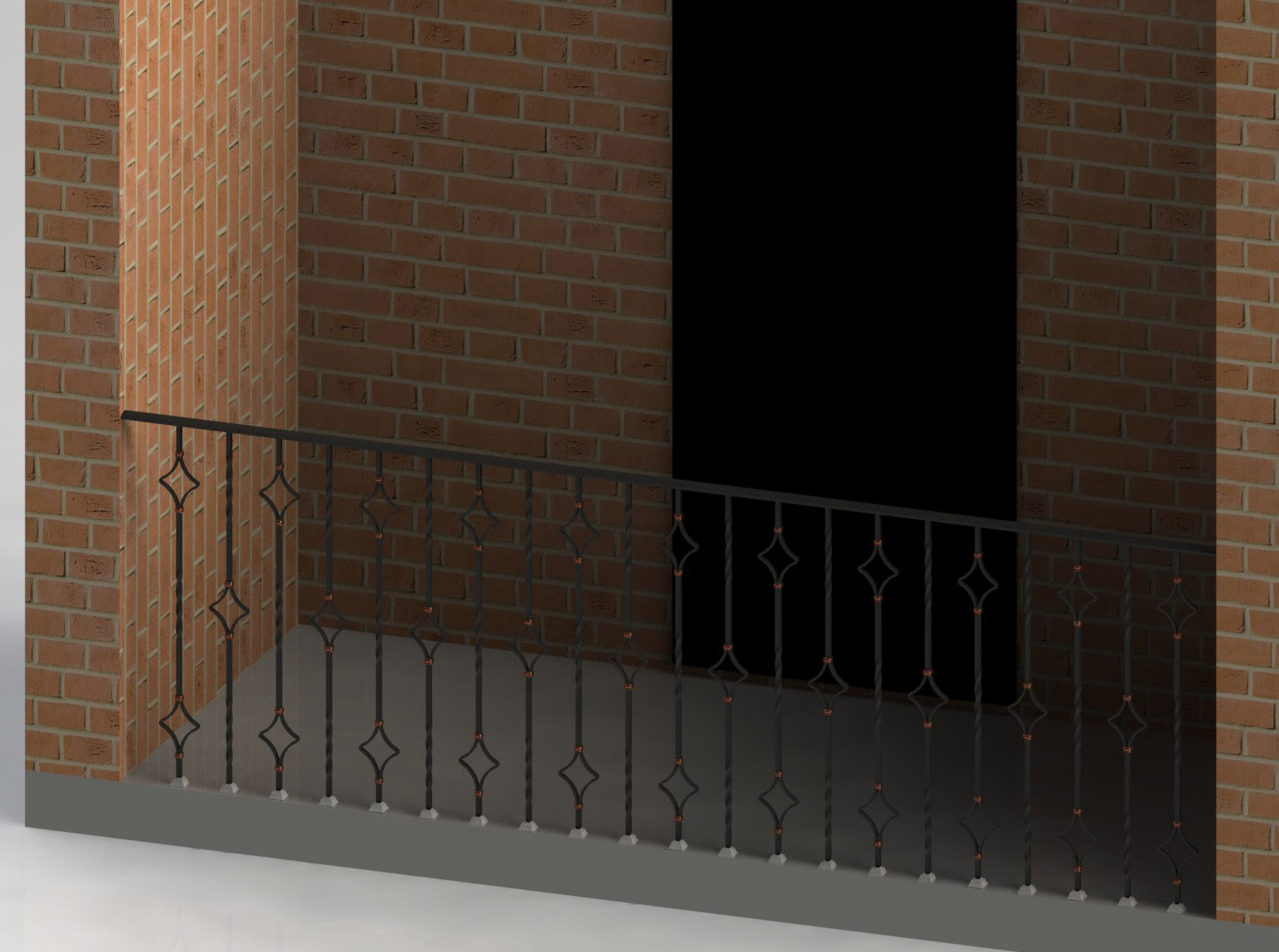
GOTHIC The Gothic style of forging is characterized by the following features:
- Majesty;
- Lightness
and transparency of the image;
- Pattern
geometry;
- General
tendency of the composition upward;
- A large
number of vertical elements: sharp tops and peaks, trefoils.

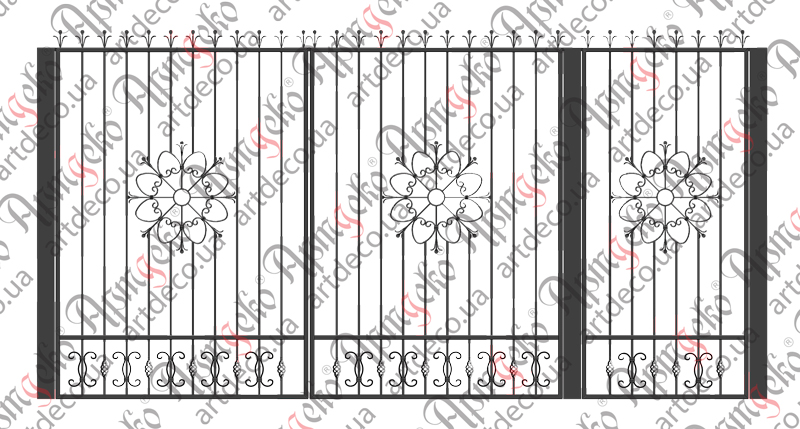
BAROQUE
Features:
- Luxury,
splendor and sensuality of forms;
- An
abundance of intricate and intricate patterns and ornaments;
- The pomp
and grandeur of the image;
- Grace and
chic;
- A typical
element is a curl; Flower baskets, spirals, scrolls, leaves, garlands are often
used.
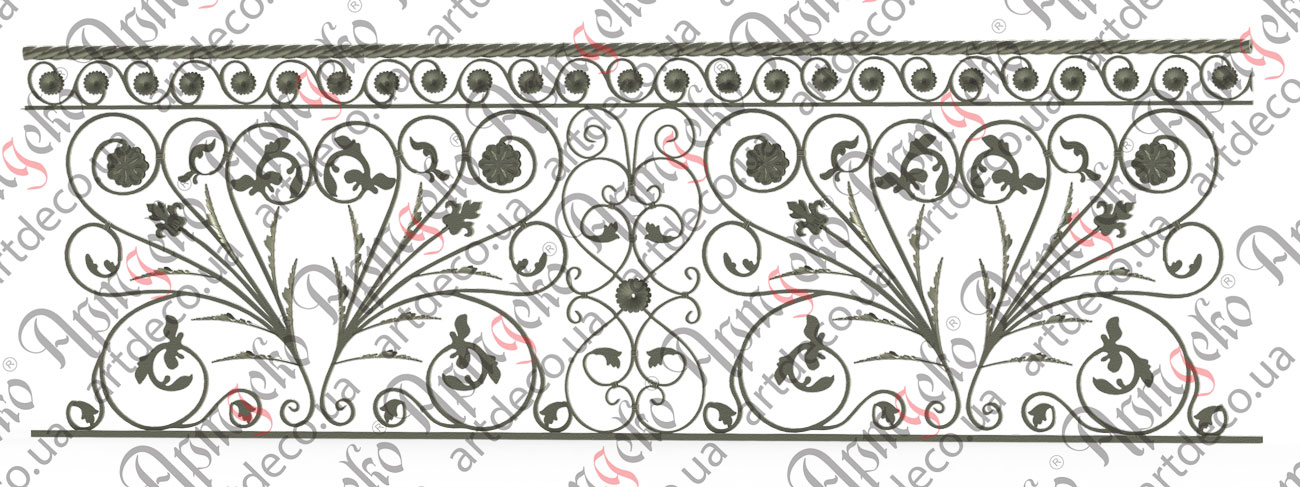
AMPIR has
the following features:
- Severity and
simplicity of forms are combined with elegance;
- Plant
motives;
- Straight
and smooth stems;
- Geometric
elements;
- Circles,
rectangular meanders, wreaths, elongated volutes.
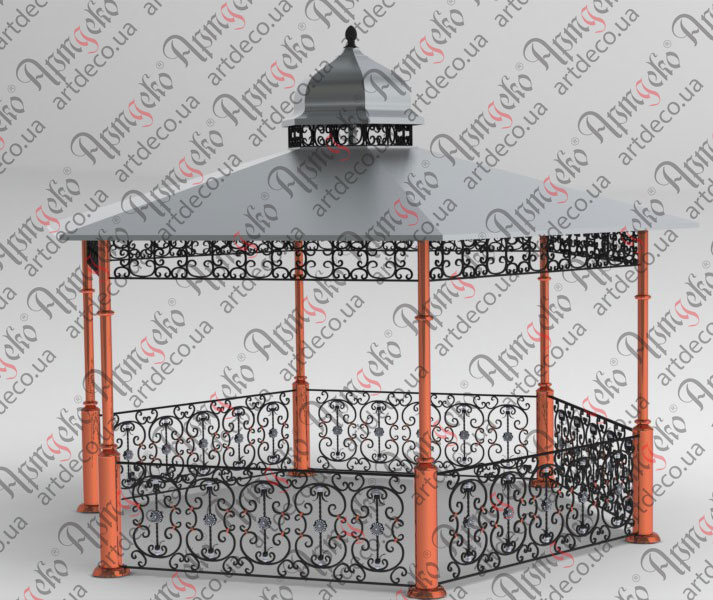
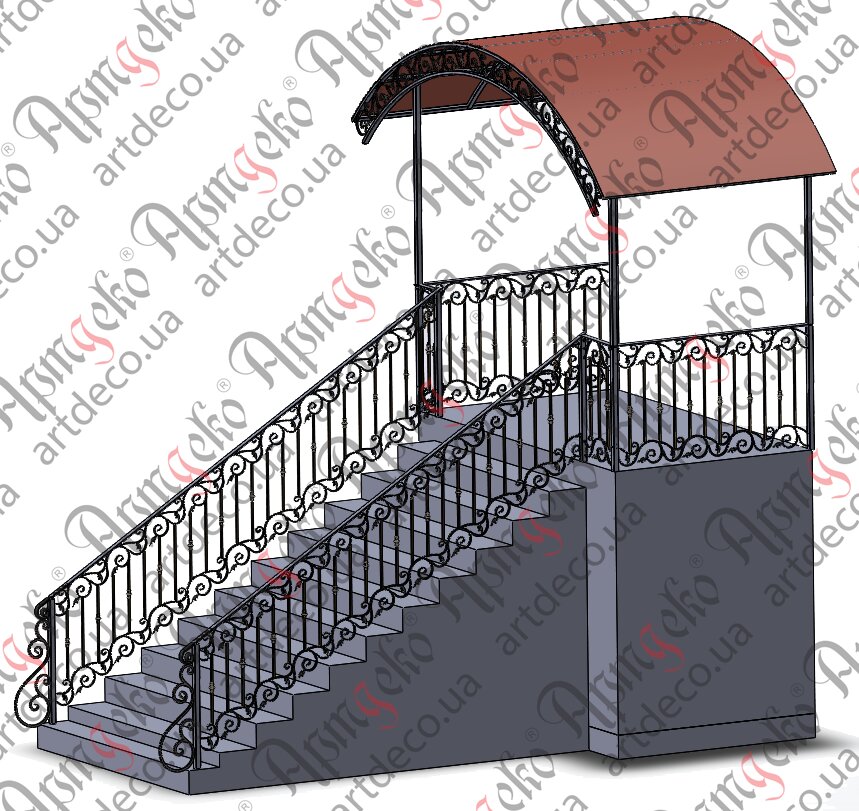
AVANT-GUARD
style is characterized by the following features:
- Non-standard
- the absence of clichés and stereotypes;
- Severity;
- Functionality;
- Inconsistency
in the contrast of shapes, lines, textures and sizes.
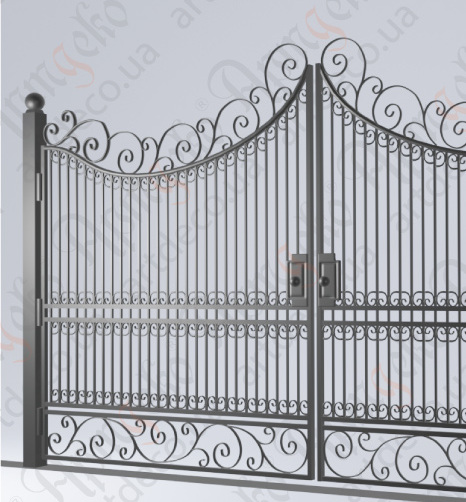

ENGLISH or
VICTORIAN has individual characteristics:
- Combination
of strict and conservative traditions with elegance;
- Simple
shape with graceful details;
- Perfect
combination with wood.

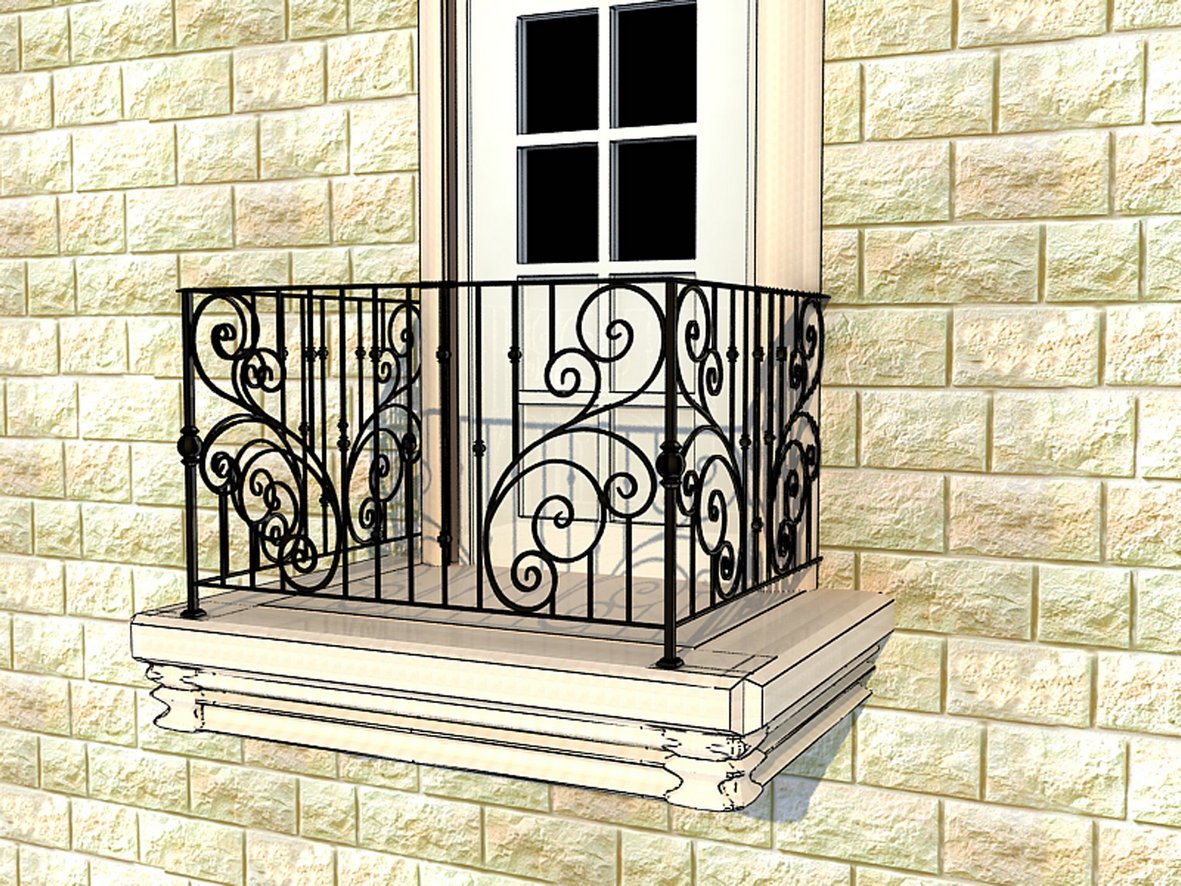
VOSTOCHNY
has the following features:
- Bright
colors rich in details and accents;
- Streamlined
shapes.

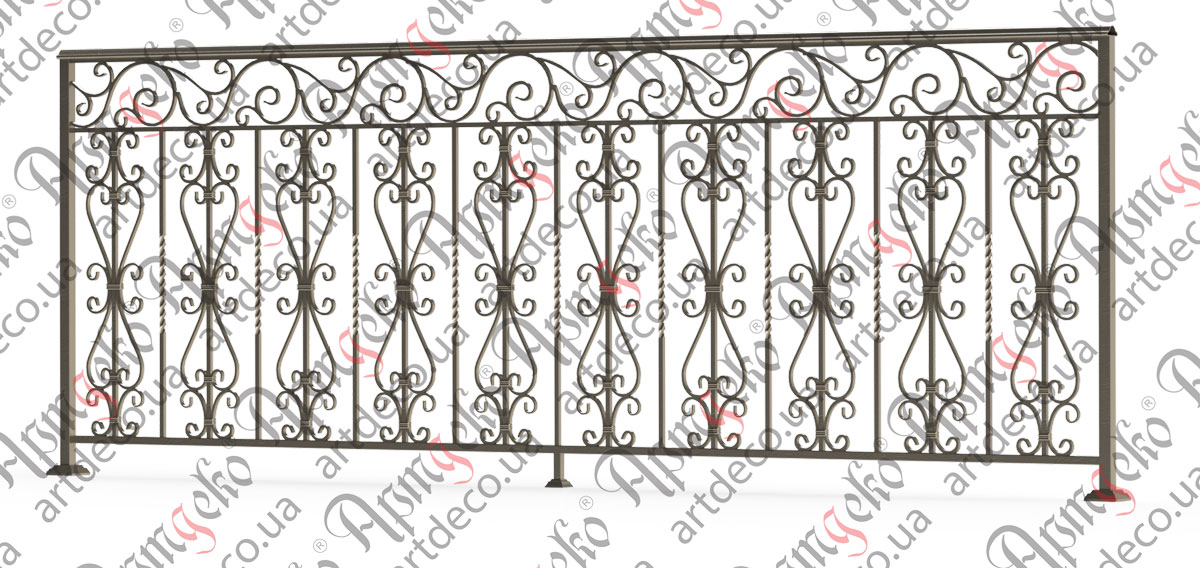
The
EUROPEAN style includes several national trends.
Fachwerk
(Germany) has the following distinctive features:
- Rustic and
folk motives are used in the decor;
- Moderate
eclecticism.
Chalet
(Switzerland) is distinguished by the presence of elements of rural culture; it
is a synthesis of nobility and simplicity.
Country
(England) is distinguished by comfort, simplicity and restraint, close
interaction of metal and wood; rustic decorative motives.
Provence
(France) is distinguished by romance, brightness and luxury. The style is
dominated by light pastel colors, an abundance of decorations and floral
patterns.
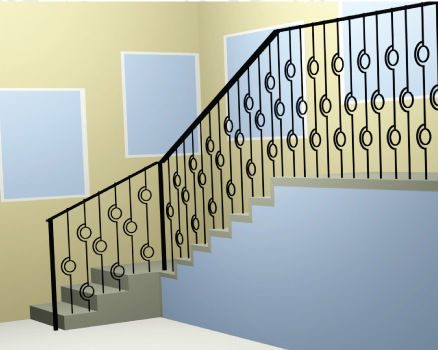

CLASSIC The
essence of classicism is expressed in the following characteristics:
- Harmony and
balance of the composition;
- Conciseness
and restraint of forms;
- Symmetry;
- Typical
elements: vines, curls, flowers, wreaths, peaks, reliefs.
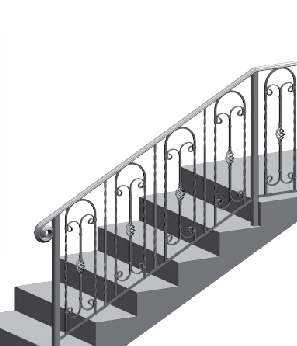

LOFT has
the following features:
- progressiveness;
- minimalism;
- urban
motives;
- artistic
rudeness.
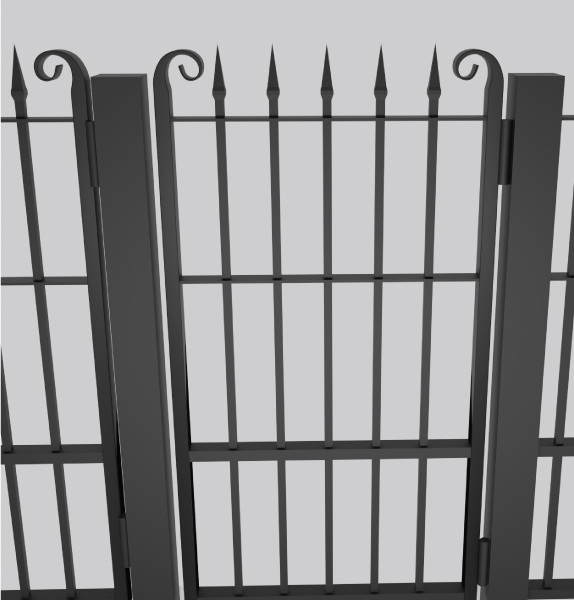

MINIMALISM
has the following individual characteristics:
- Brevity;
- Minimal
decorative effect or its complete absence;
- Simplicity of forms, rejection of any complexity.
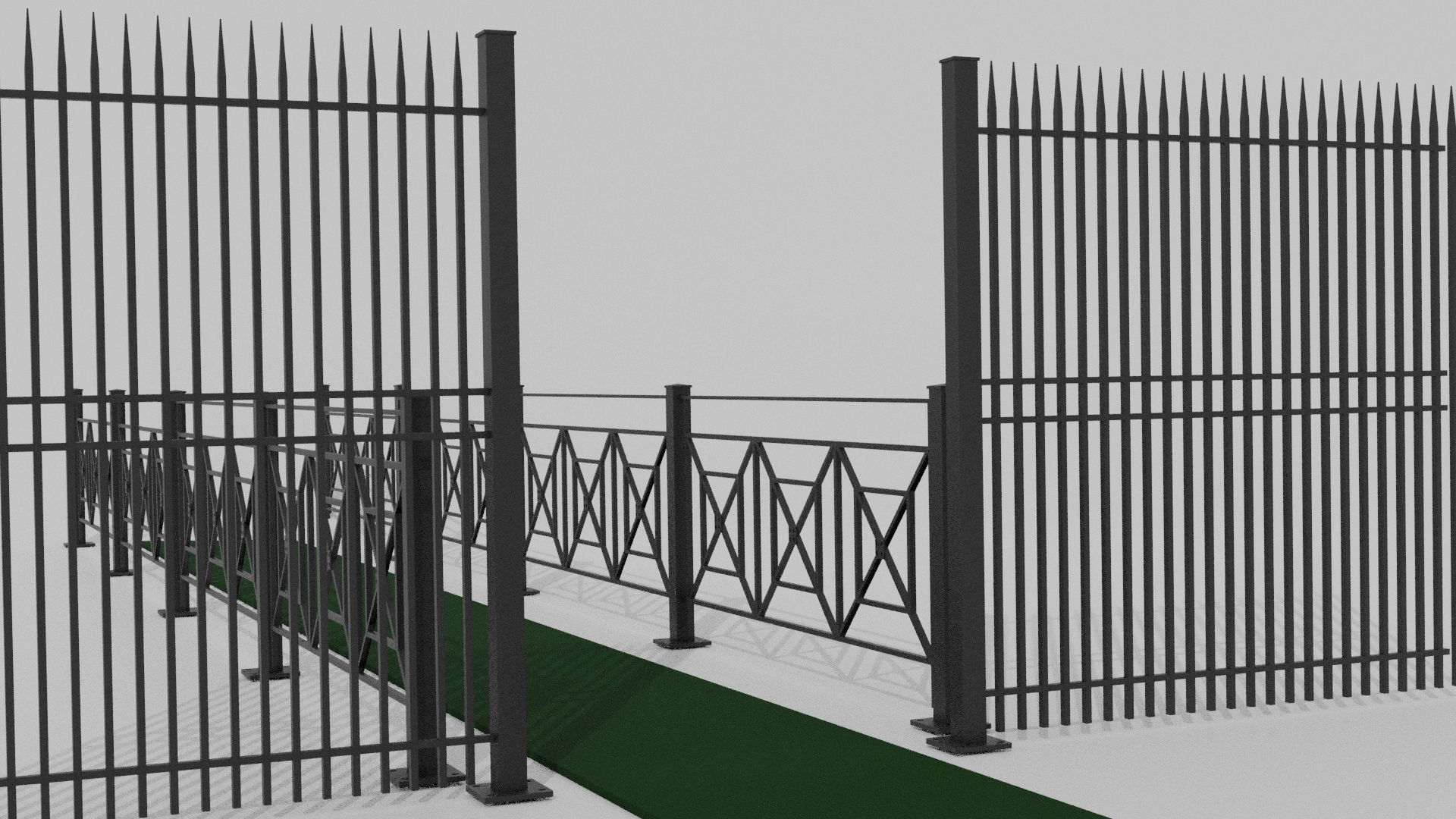
MODERN has
the following characteristics:
- A
combination of many styles and trends - polystyle;
- Amorphous
and asymmetrical pattern;
- Smoothness
of lines;
- Harmony of
all details;
- The
predominance of natural and plant motifs, exotic flowers are especially
popular: irises and orchids.

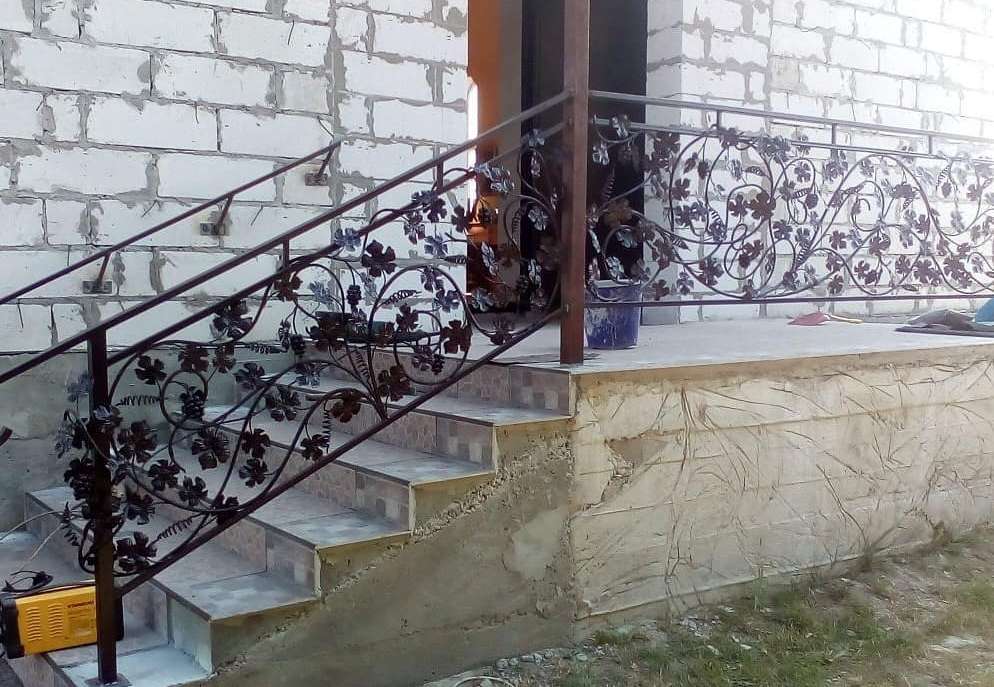
NEOCLASSICISM
has individual characteristics:
- Aesthetics,
practicality and durability;
- Restraint
and elegance;
- A minimum
of decorative elements.

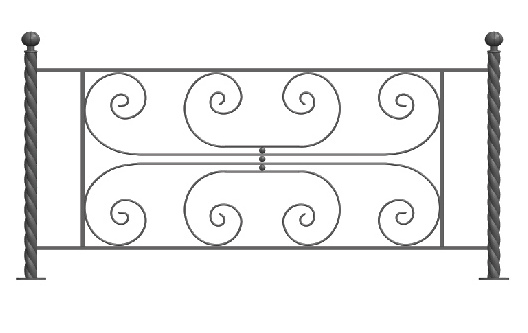
POST-MODERNISM
is expressed in the synthesis of many styles and cultures, in the use of modern
technologies and materials, a typical element is an allusion - a stylistic
figure that contains an indication of any cultural phenomena of the past,
present or future.
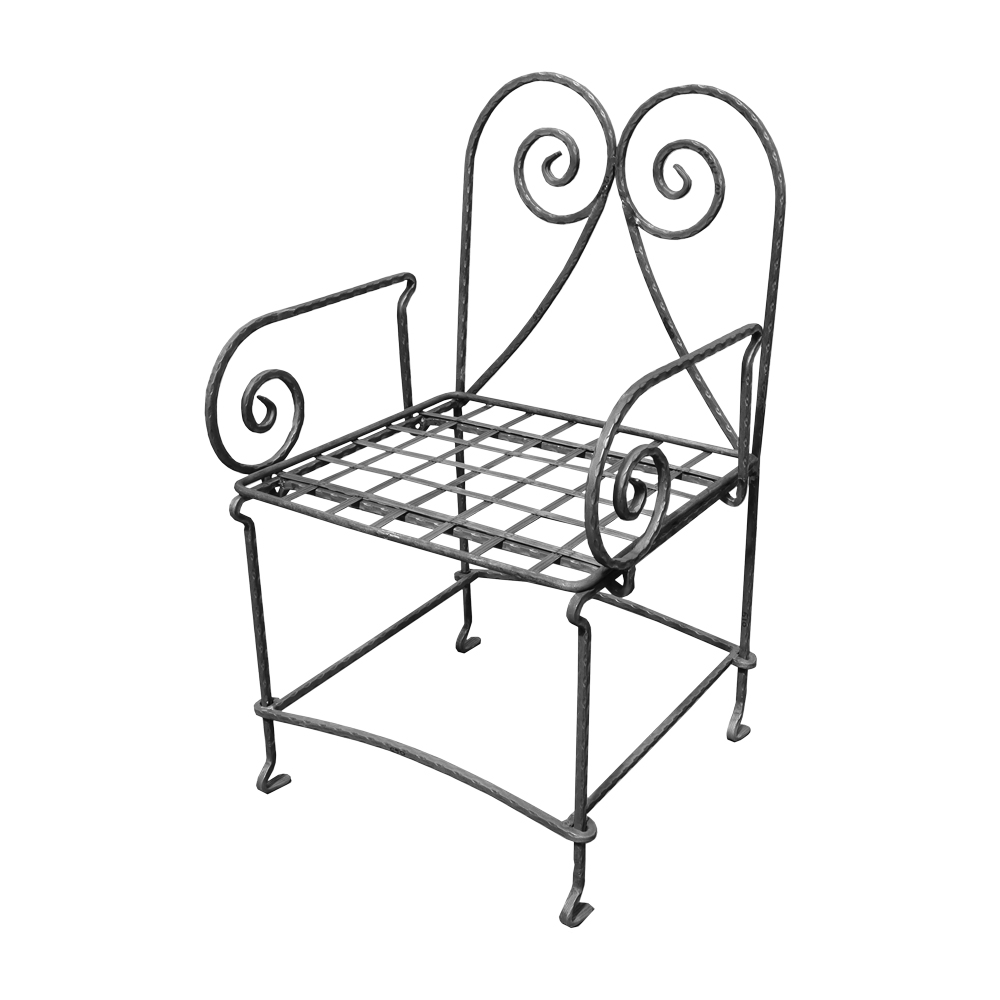

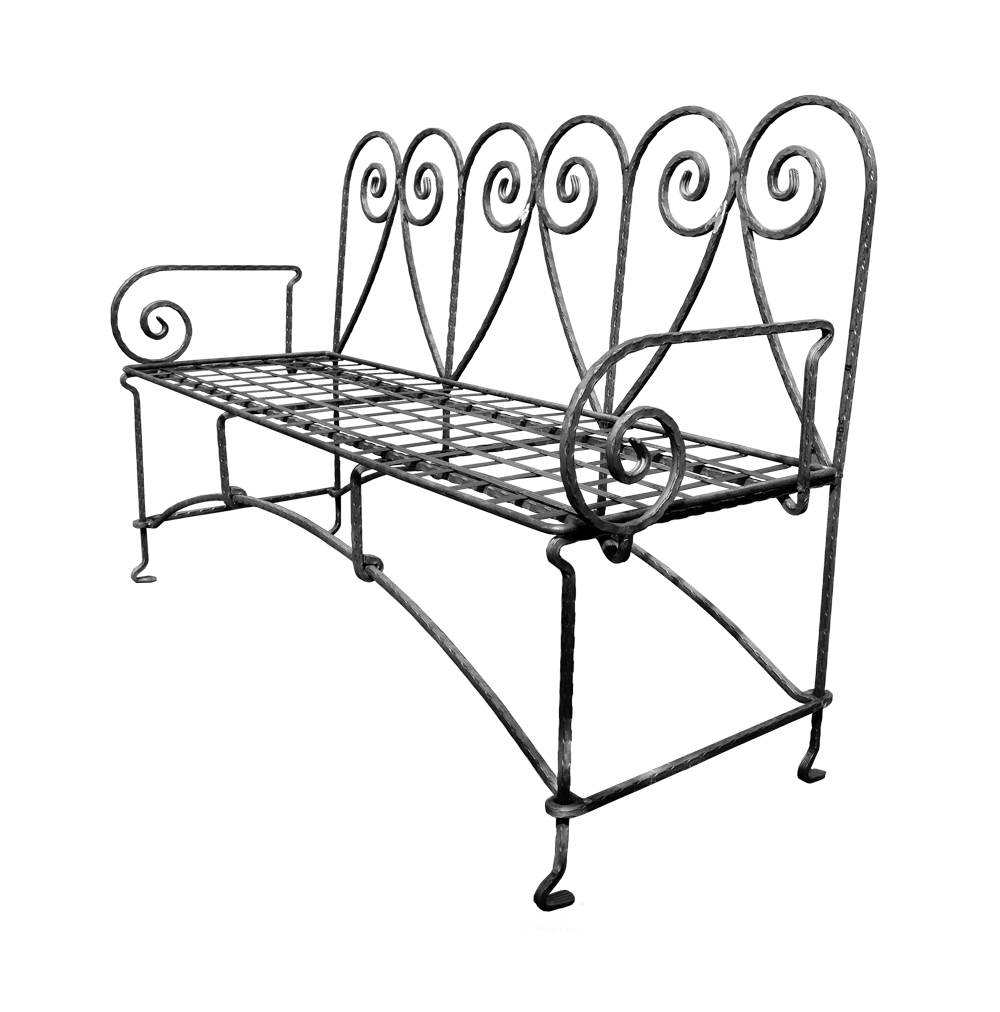
RENAISSANCE
(Italian) has the following differences:
- Perfect
lines and design;
- Symmetry of
the ornament;
- Sharp
center from which elements diverge;
- Harmony and
proportionality of details;
- Typical
elements: curls, spirals, eights;
- The use of
antique motives.
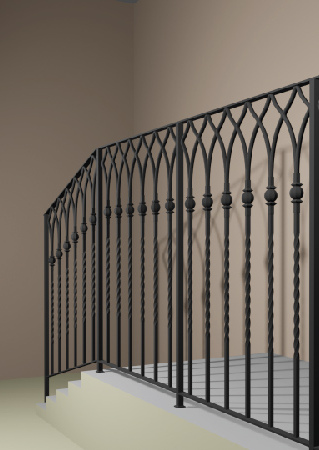
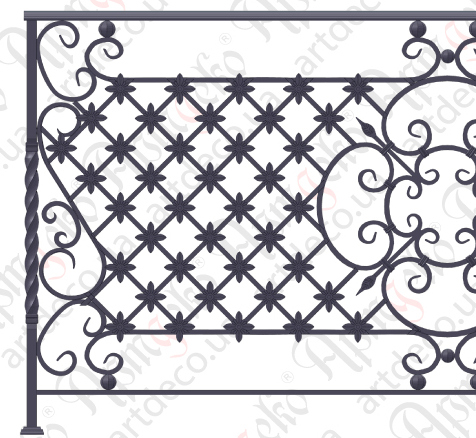
ROCOCO has
the following features:
- Lightness,
grace, playfulness and frivolity of forms;
- Grace of
lines;
- Decorativeness
comes first;
- Asymmetry
of patterns;
- The main
element of the ornament is rocaille, shaped like a curl of a shell.
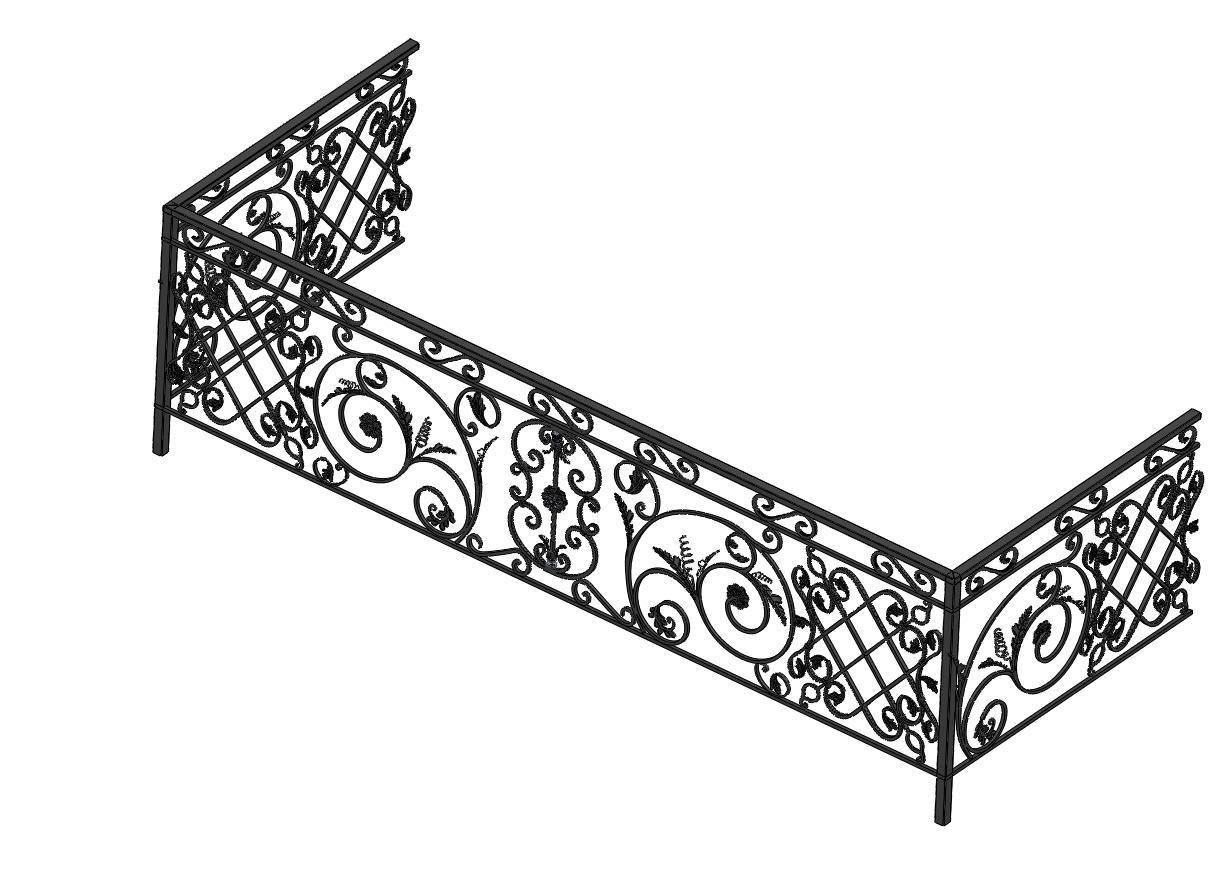
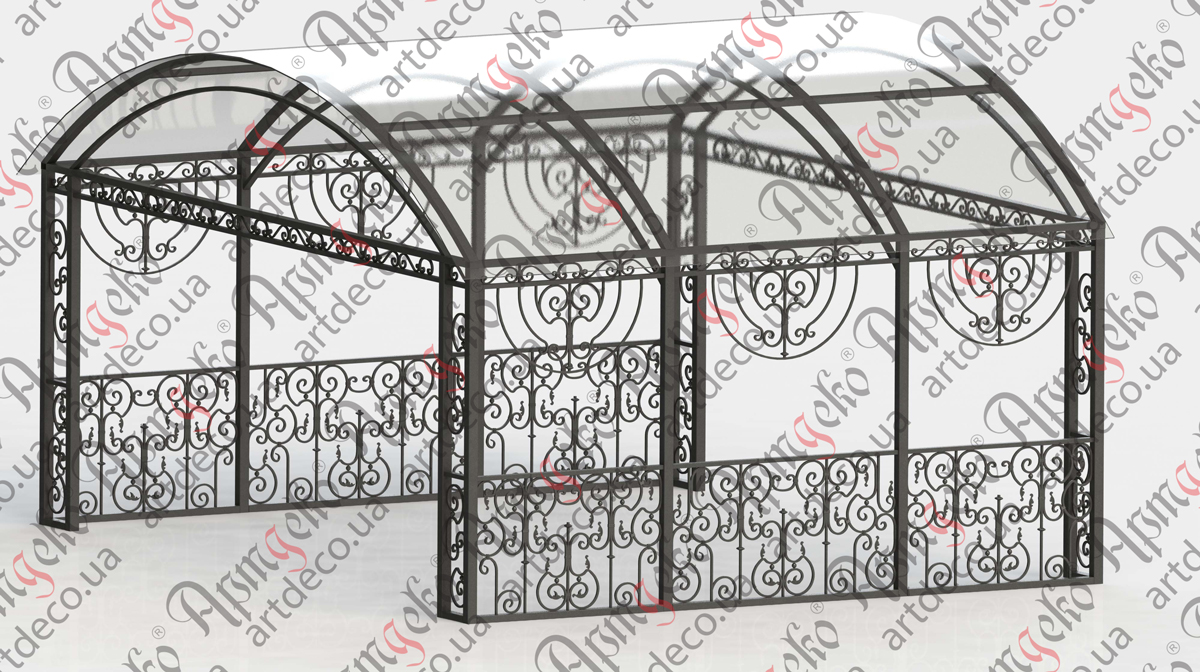
ROMANIC
STYLE is distinguished by the following properties:
- Solidity,
solidity and monumentality;
- Simplicity
of form;
- Density and
symmetry of the pattern;
- Semicircular
arches;
- The typical
element is volute.
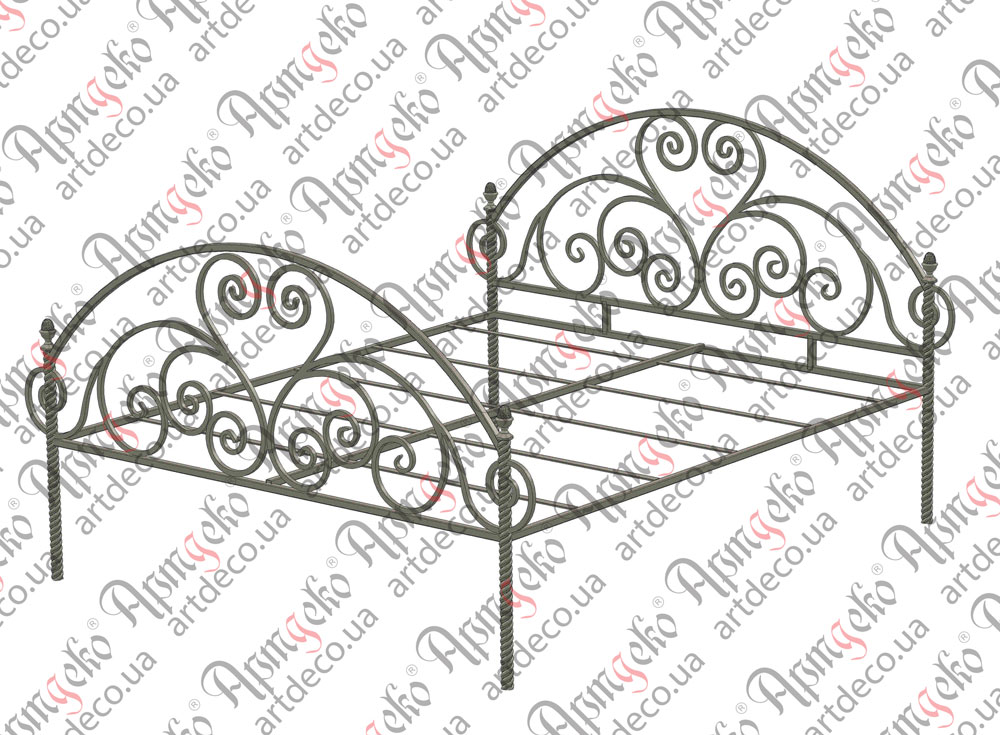
EKLEKTIKA
is a collective synthetic style. It is characterized by the use of elements of
different styles. Historical eclecticism prevails in European art of the 19th
century: it combines features of new interpretations of historical styles - for
example, neo-baroque, neo-gothic, pseudo-Russian style.
In our
time, eclecticism absorbs many not only historical, but also modern styles.
It's an interesting mix of old and new.
The most
important style elements in artistic forging:
- Synthesis
of motives of old and new styles
- Saturation of details.
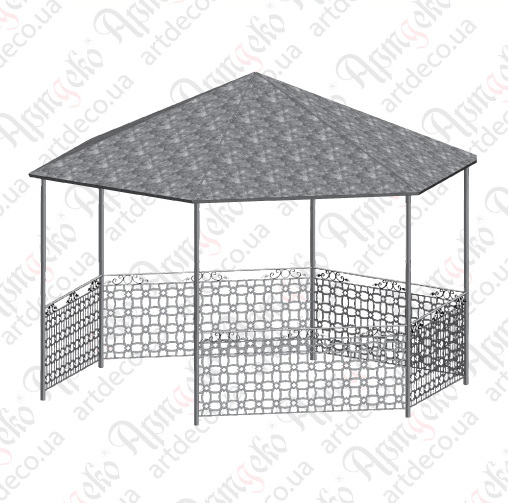
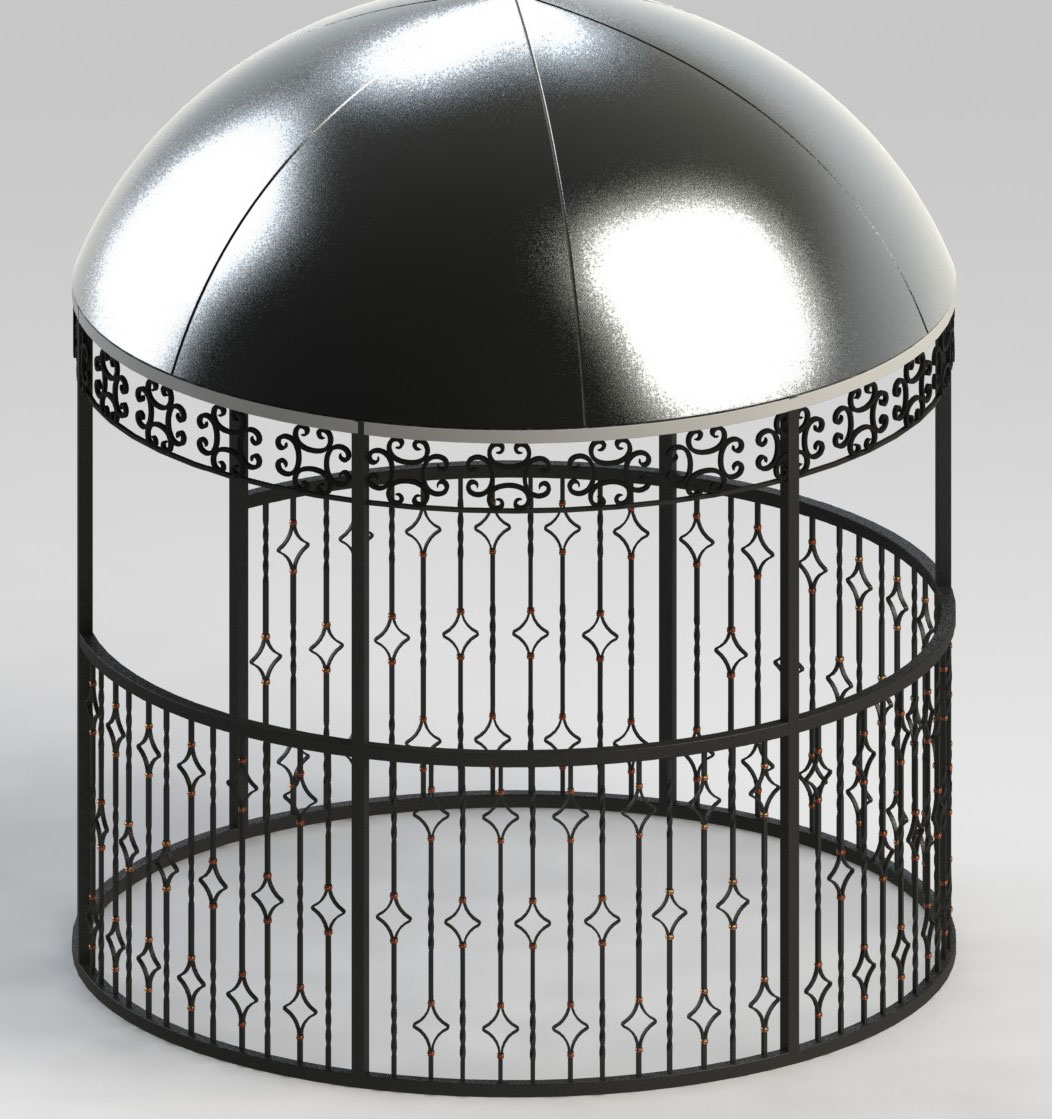
As you can see, this is not the end of the list of historical styles that have found their affection and have taken root not only in this or that era, but also in modern times. Using the concept of stylistic direction, you can create a single combination of perfection in a residential building or an office building. The creation of the landscape, exterior and interior in the same artistic style and direction will indicate the taste of the owner, which the owners of the estates have been striving for for more than one century.
Catalog

